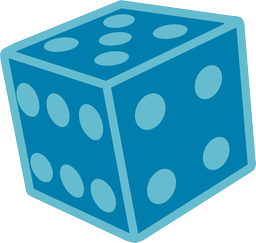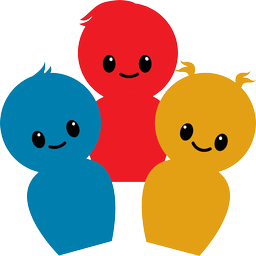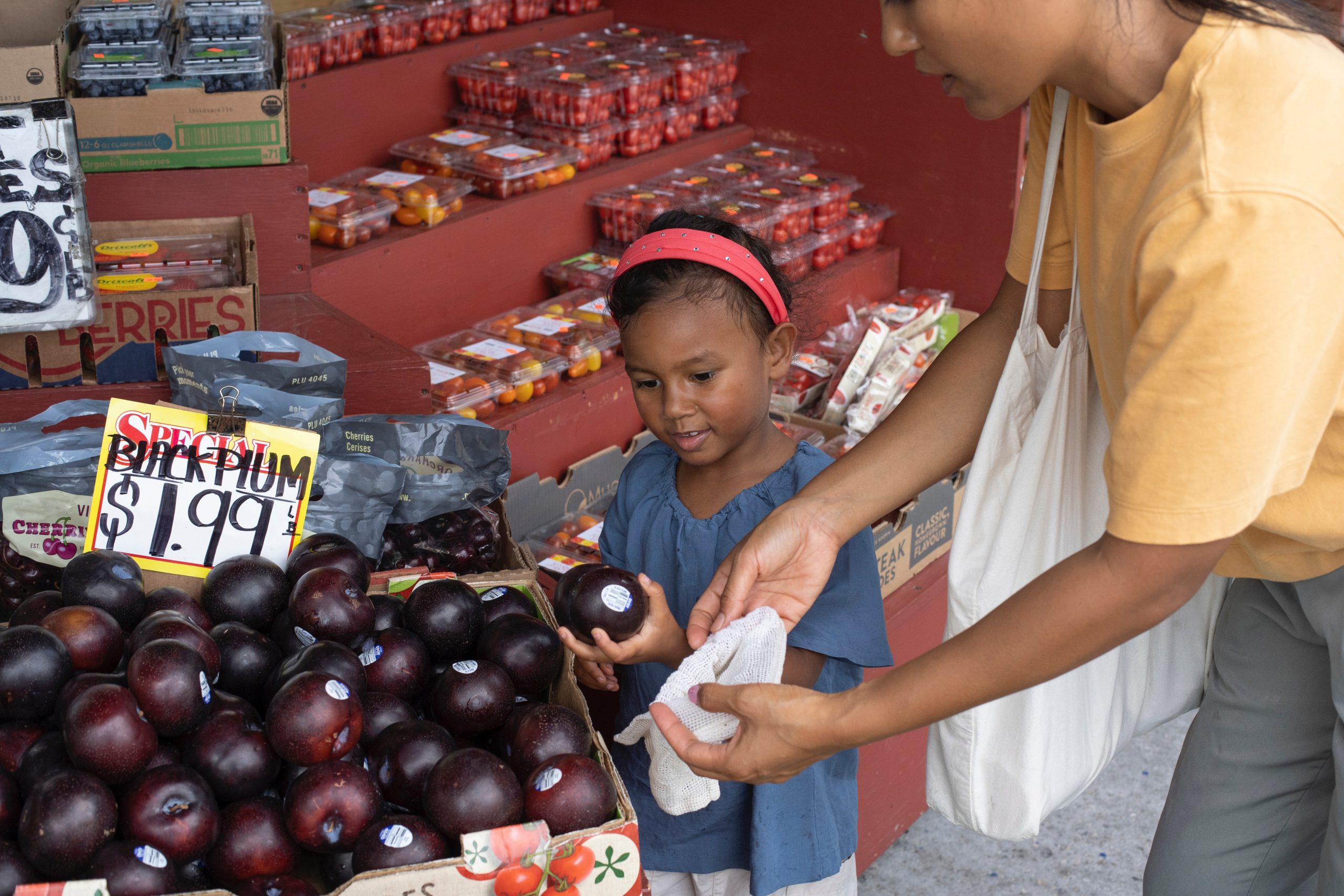Areas it develops: communication, sentence formation, vocabulary, speech comprehension, verbal memory
The good-old, classic shopping game which strongly promotes communication skills (creative talking, vocabulary, giving instructions), speech comprehension, attention, concentration and focusing on each other.
Language is more than just a bunch of words put after one another; language is a mentality, it is about creating an inner image about the world around us by using complicated signs and symbols. We are all born with language abilities, but learning to speak is a complicated process. Without having a solid language base moving on to critical thinking and cultural studies is impossible. By the time children hit the 36 months milestone, they are capable of expressing their thoughts, feelings, questions in a way that others understand it too. In order to be able to do this they need internal and external certainty. Having well-developed language abilities is necessary, but not enough for having well-developed communication skills and vice versa.
For communication skills, children require well-developed perception and detection. Therefore, if the developmental domino is hurt somewhere along the way or it is lagging, children will not perform as they should for their age and their socialization will not be problem free.







